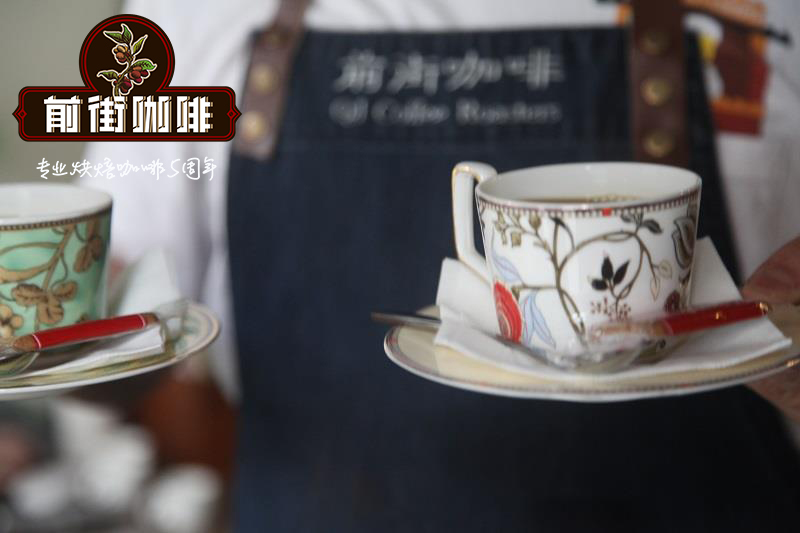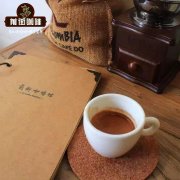Yega Chuefei G1 Jin Reina Abaya Sun Ye Jia Xuefei Fine Coffee

Professional coffee knowledge exchange more coffee bean information please follow the coffee workshop (Wechat official account cafe_style)
Ethiopia Natural Yirgacheffe Gelena Abaya G1
Ethiopian sun exposure to jaga snow caffeine G1 Kinreina Abaya
Flavor description: dry fragrance is fresh floral aroma mixed with charming aroma of fresh blueberry
It exudes the sour and sweet flavor of lemon, kumquat and grapefruit iced tea when sipping.
As the temperature drops, the taste of blueberries becomes more and more distinct.
The overall flavor is clean and delicate, like the sweet taste of peach.
Yega Xuefei is a famous name in the boutique coffee industry.
It's a town on the highlands of southern Ethiopia.
It is also a distribution center for nearby coffee beans.
In addition, it is also produced in Yega Xuefei producing area with rich citrus,
A synonym for lemon blend and floral coffee.
Currently, in the classification of ECX
Yejia Xuefei can be subdivided into four producing areas ─
Kirchell (Kochere), Kim Lena Ambara (Gelana Abaya),
Yirgacheffe and Wenago, but generally speaking
Yega Xuefei refers to the general name of coffee produced in the district of Gedeo.
This batch of Yega Xuefei is produced in Kebel Aricha processing plant.
There are about 650-700 small coffee farmers nearby.
Farmers send ripe coffee berries here for processing and in exchange for cash.
After screening the available berries in the treatment plant, they are directly exposed to the sun on the scaffolding.
It will be turned every 2-3 hours in the first few days to prevent overfermentation.
After four to six weeks of sun exposure, workers will depend on the weather and temperature.
After scraping off the outer pulp with a machine, it is transported to addis for storage.
Usually, sun-treated beans are stored in the form of shell beans.
The shell will not be removed until it is exported to ensure the quality of raw beans.
Important Notice :
前街咖啡 FrontStreet Coffee has moved to new addredd:
FrontStreet Coffee Address: 315,Donghua East Road,GuangZhou
Tel:020 38364473
- Prev

Special batch of Hama treatment Plant in Cochel Town, G1Kochel, Ethiopia
Professional coffee knowledge exchange more coffee bean information please pay attention to the coffee workshop (Wechat official account cafe_style) product name: Ethiopia sun Yega Xuefei G1 Cochel town Hama processing plant premium batch (Ethiopia Natural Yirgacheffe Kochere Hama G1) flavor description: sweet peach ripe fruit aroma, slightly honey flavor, caramel and dried apricot tail rhyme.
- Next

Sidamo Hill Aimei processing Plant Sidamo Fine Coffee Manor Sidamo Fine Coffee
For more information on coffee beans, please follow the Guji production area of Sidamo, the coffee workshop (Wechat official account cafe_style). Along the Mora Mora River River in southern Ethiopia, it has always been considered to be the original production area of forest coffee (forest coffee). In terms of administrative division, ancient
Related
- Detailed explanation of Jadeite planting Land in Panamanian Jadeite Manor introduction to the grading system of Jadeite competitive bidding, Red bid, Green bid and Rose Summer
- Story of Coffee planting in Brenka region of Costa Rica Stonehenge Manor anaerobic heavy honey treatment of flavor mouth
- What's on the barrel of Blue Mountain Coffee beans?
- Can American coffee also pull flowers? How to use hot American style to pull out a good-looking pattern?
- Can you make a cold extract with coffee beans? What is the right proportion for cold-extracted coffee formula?
- Indonesian PWN Gold Mandrine Coffee Origin Features Flavor How to Chong? Mandolin coffee is American.
- A brief introduction to the flavor characteristics of Brazilian yellow bourbon coffee beans
- What is the effect of different water quality on the flavor of cold-extracted coffee? What kind of water is best for brewing coffee?
- Why do you think of Rose Summer whenever you mention Panamanian coffee?
- Introduction to the characteristics of authentic blue mountain coffee bean producing areas? What is the CIB Coffee Authority in Jamaica?

